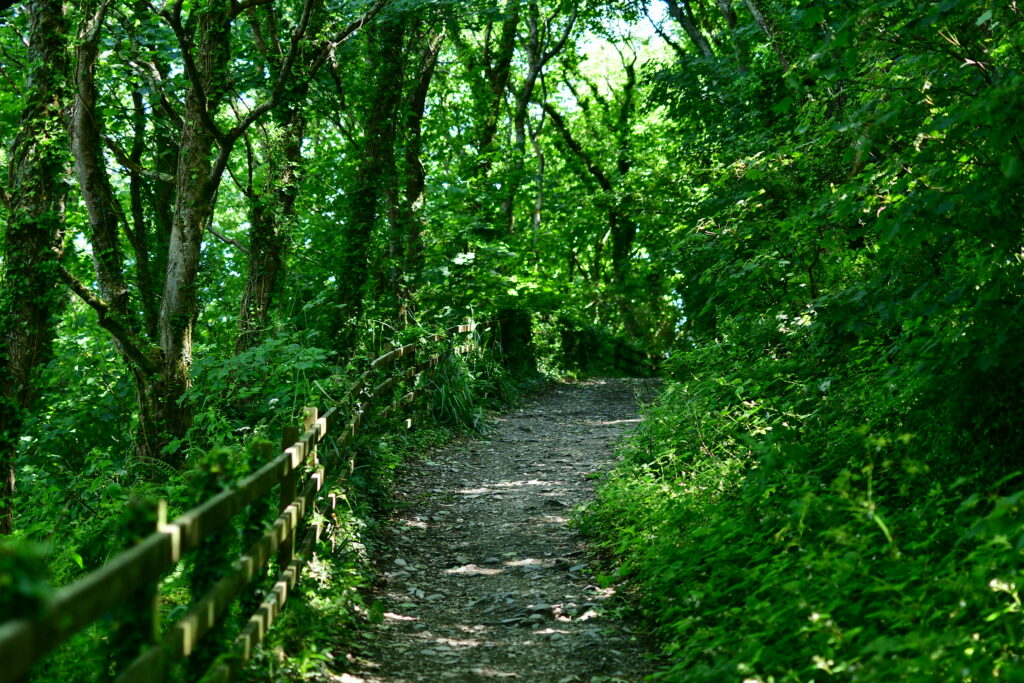
Last year, nearly a hundred thousand flocked to the Conference of Parties, while every year the UN Convention on Biodiversity receives only a tiny fraction of the attention, funding, and media coverage. The biodiversity crisis lacks the kind of coherent public discourse that has developed for the climate crisis, and as a result, our society has failed to galvanise a strong moral response to it or any clear messaging surrounding it.
Along with plastic pollution, biodiversity loss dwells in the collective consciousness as a subsidiary green issue that has rather lost momentum since the days of Rachel Carson’s Silent Spring and the ‘Save the Bees’ movement that had its heyday in the early 2000s.
Revealingly, the idea of destroying a biodiverse floodplain meadow to replace it with a solar energy farm has now become an acceptable part of the green energy transition, even though the complex root systems of the former, developed over the course of centuries, may actually sequester as much carbon as a woodland, as well as providing a habitat for pollinators.
This disjunct in understanding is partly because the aim of preserving biodiversity is harder to quantify than that of keeping temperature rise below 1.5 degrees: the challenge of maintaining a healthy ecosystem with balanced populations of species that each fill their respective niches is a complex issue to understand and to visualise.
Yet the science is clear that, from an anthropocentric point of view, ecosystem collapse due to biodiversity loss would be as much of an existential threat to human beings as climate change, if not more so; without the help of pollinators, feeding a growing human population would be nigh impossible. Moreover, without the cushioning effect of a healthy biosphere to regulate the microclimate and sequester greenhouse gasses, the effects of climate change could be far worse.
These are examples of what have been termed ‘regulatory ecosystem services’: the ways that a healthy, self-regulating ecosystem can mitigate ecological damage caused by human activity, by purifying water and air, sequestering carbon, reducing risks of diseases and pest outbreaks, and protecting against floods and other extreme weather events.
So why do we lack a clear ethical response to this? The messaging has been weakened by our lack of shared terms of reference surrounding the value of nonhuman entities. Focusing on ecosystem services, the ways a biodiverse ecosystem benefits human beings, is criticised by some in the environmental movement as an example of anthropocentrism, perpetuating the type of thinking that environmental philosophers condemn as having caused the ecological crises in the first place.

In the 1970s, in the wake of Silent Spring, Arne Naess put forward his idea of ‘deep ecology’, which he defined in opposition to ‘shallow ecology’, the anthropocentric kind of environmentalism that advocates protecting the ecosystem for the sake of human beings. Naess argues that all species have intrinsic value and that humans should limit our ecological footprint as much as possible.
This philosophy failed to enter the mainstream for two main reasons, the first being that it was too extreme, advocating a drastic reduction in the human population and major changes to our lifestyles. The self-rejecting idealisation of ‘the world without us’ is a hard sell to the general public, even though the Romantic desire to be able to encounter an untainted numinous wilderness has been a powerful motivator of conservation.
The second reason is that Naess did not provide a persuasive answer to why we should preserve biodiversity; without bringing in a transcendent source of moral authority, he had no way of demonstrating that species have intrinsic value in and of themselves.
The utilitarianism of Peter Singer—despite its emphasis on the rights of nonhuman animals—does not have an adequate response to biodiversity loss. The effective altruism movement based on his work does not include ecosystem collapse among their list of existential threats to human existence alongside pandemics, climate change, nuclear war, and artificial intelligence.
This is because the utilitarian framework of the EA movement cannot recognise the importance of species in an ecosystem; only of individual animals. Utilitarian animal ethicists are loth to sanction many of the practices that are ecologically necessary to restore an ecosystem, with culling large herbivores in order to make reforestation possible just one example. In their ethic, good can only be measured in terms of the number of animals benefited or harmed and to what extent, rather than the balance of the whole ecosystem.

We desperately need an ecologically-informed ethic. We need to recognise that the diversity of life does not merely have instrumental value; it is not merely a means to an end, the provider of a service. This recognition does not mean removing human beings from the equation like Naess.
Instead, ecological literacy shows us that species have constitutive value: they are of value because they are constituent parts of something which has value as a whole. The equilibrium of species that have co-evolved to interact in the same environment is so complex that even removing one tiny piece of the puzzle or adding in a new element can irrevocably damage the whole.
A healthy ecosystem is of moral value in any ethic that seeks to protect the ability of humans and other organisms to thrive. Its constituent parts are therefore each of moral value and should be valued for the part they play in maintaining the whole.
Beyond this constitutive value, we should also ultimately emphasise the intrinsic worth of species as unique parts of the earth’s heritage, irreplaceable features of creation—not only in the instrumental sense of providing us with a ‘cultural ecosystem service’, but as an acknowledgement that we do not own this earth and do not have the right to reduce its tapestry of life—even if there is another species that could fill the same niche in the ecosystem in its stead.
In any case, we need to act urgently to preserve biodiversity if we are to prevent irreversible damage to our common home.
Article by Aili Channer
